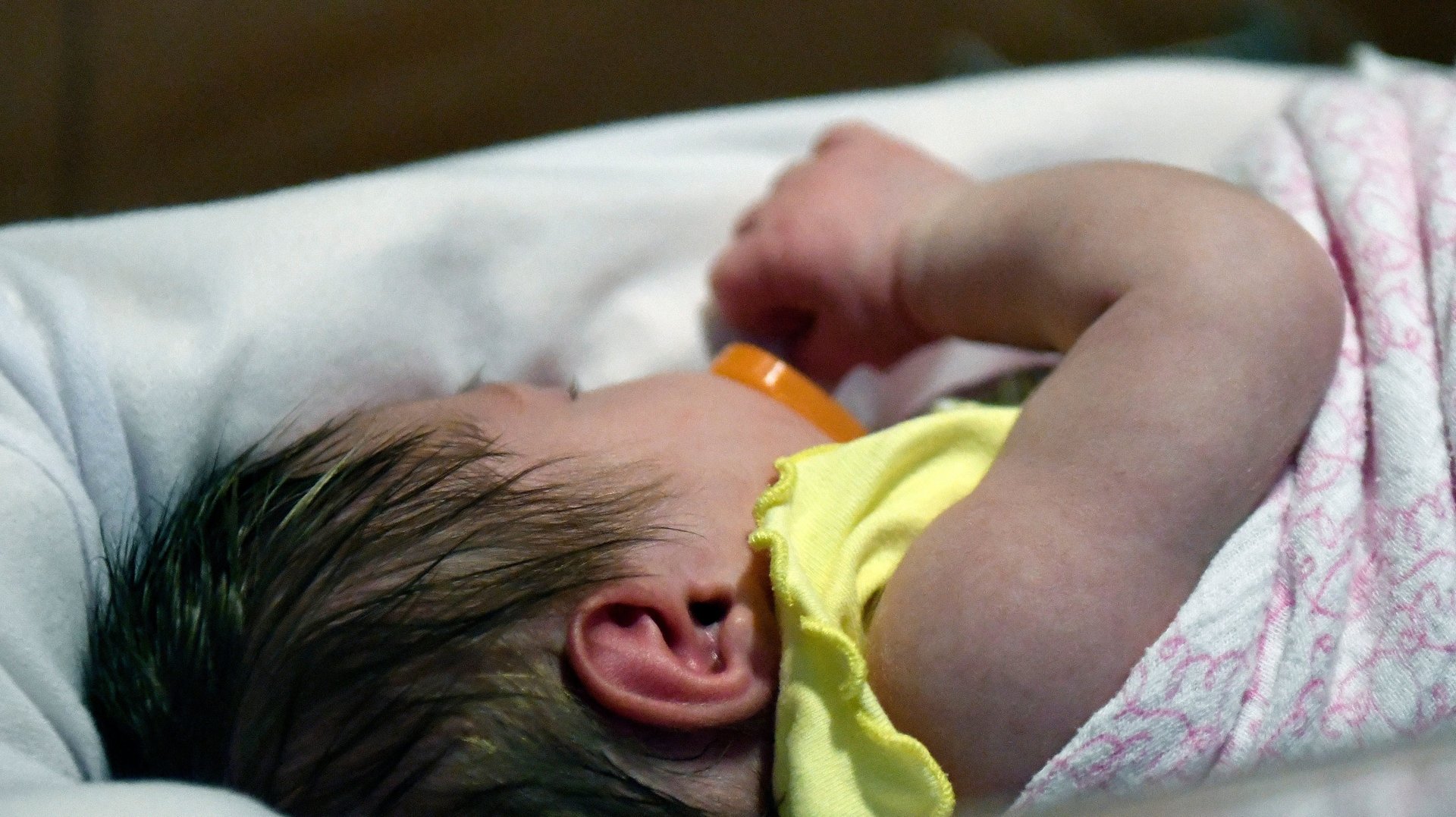Rural American hospitals are not prepared for the rise in babies born with opioid withdrawal
The opioid epidemic’s youngest victims haven’t yet been born.


The opioid epidemic’s youngest victims haven’t yet been born.
They are the children of mothers with opioid use disorder (OUD) who take opioids while pregnant, putting their babies at risk of developing neonatal abstinence syndrome (NAS), which can cause short-term health problems for up to six months after birth (including diarrhea, vomiting, high fevers, and seizures), as well as potential long-term behavior, developmental, and health consequences.
The strain this problem is placing on America’s healthcare system is well illustrated rural areas, where both maternal OUD and NAS diagnoses have increased over the last eight years. Now, a new study in The Journal of Rural Health shows that almost half of pregnant women with OUD living in these areas give birth in rural hospitals, which are not necessarily equipped to deal with their complex medical needs.
Why this matters
A baby is born with neonatal abstinence syndrome every 25 minutes in the US. It’s important that mothers with OUD get access to quality medical care for the pre- and post-natal periods, because they are at greater risk of medical complications during pregnancy and after birth, including increased risk of placental abruption, preterm labor, maternal obstetric complications, and fetal death. Babies born with NAS also stay much longer in the hospital than the average newborn, requiring intensive and sustained treatment.
Because of these health dynamics, hospitals that treat populations at high risk of maternal OUD or NAS need to be prepared to provide hospital-based obstetric care and “higher-acuity care,” meaning round-the-clock care for patients with serious conditions. But some rural hospitals don’t have the resources, infrastructure, or workforce necessary to provide these services: As the study authors write, less than half of rural county hospitals in the US offer obstetric care, and higher-acuity care is frequently not available.
OUD and NAS: a growing rural concern
To study this issue, researchers at the University of Minnesota looked at hospital discharge data of 950,000 rural residents who delivered in 980,00 babies between 2007 and 2014.
The large data set was a strength, but the study had limitations. These included the fact that rates of OUD and NAS in hospital discharge records are typically underreported; possible gaps caused by the differences in diagnosis codes across hospital categories; and a lack of clinical notes from physicians on OUD treatments and NAS severity to help contextualize the data.
The researchers measured the incidence of maternal OUD among rural residents who gave birth in urban teaching, urban non-teaching, and rural hospitals. They found that maternal OUD rates had increased between 2007 and 2014 across all three hospital categories, including rural hospitals, where 48.3% of rural residents with maternal OUD give birth.
“We have known from prior research that the opioid epidemic disproportionately impacts people in rural communities,” said Katy Kozhimannil, one of the study authors and an associate professor in the University of Minnesota School of Public Health. This study “reveals the extent to which rural hospitals and rural communities are taking care of rural moms with opioid use disorder.”
How to help
The growing needs of rural mothers with OUD is one of the many pieces of the puzzle that is the US opioid epidemic. As this study shows, hospitals and clinicians treating these patients are in need of more resources and training. The US government is trying to help: On Oct 25, president Trump signed into law the SUPPORT for Patients and Communities Act, a bipartisan bill that funneled $8 billion into efforts to combat the scourge of opioids, including funding for federally qualified health centers and rural health clinics.
But much more is needed. As Kozhimannil told Quartz, “this research highlights the need for resources to support and care for opioid-affected births in rural settings.”